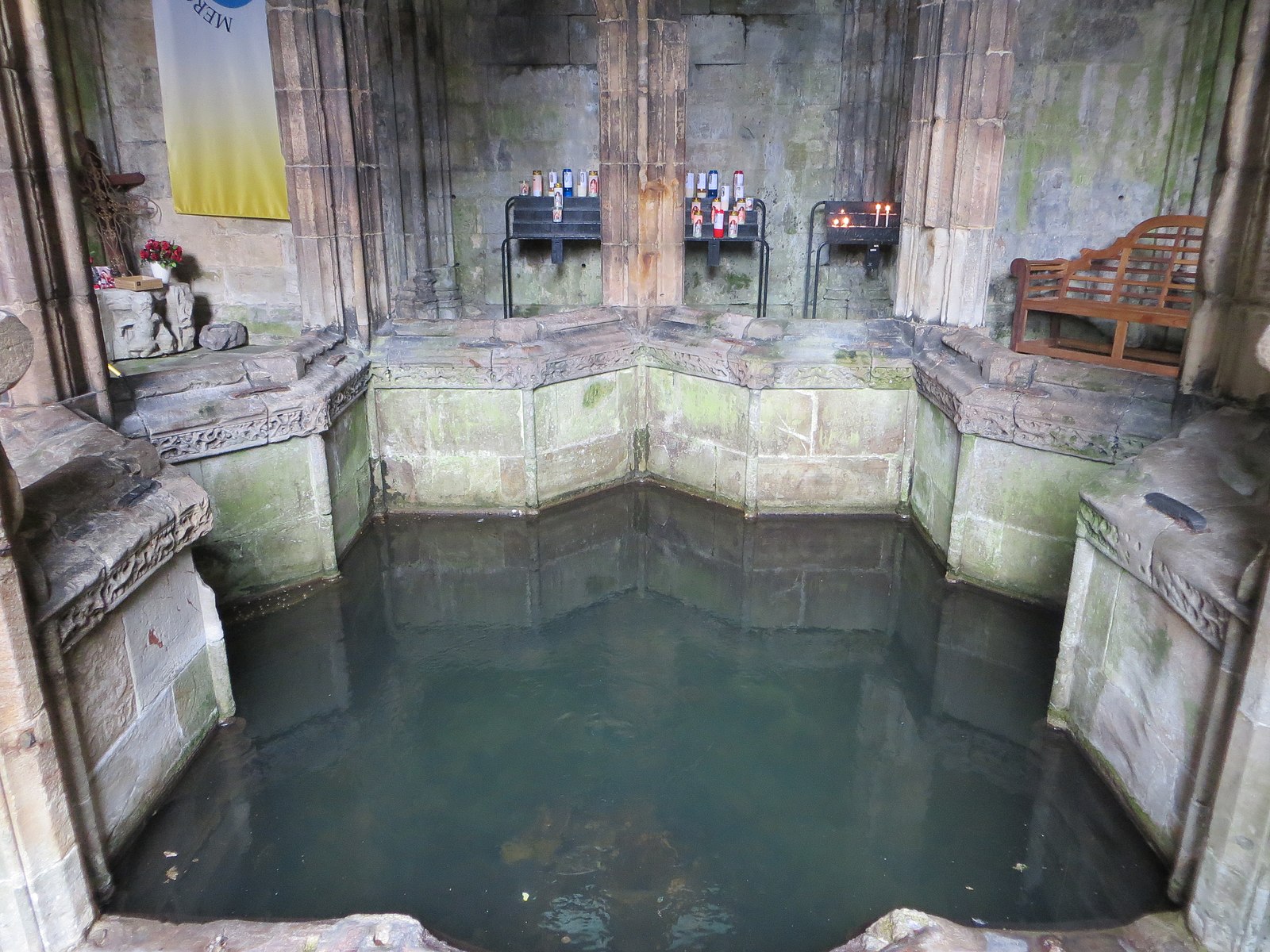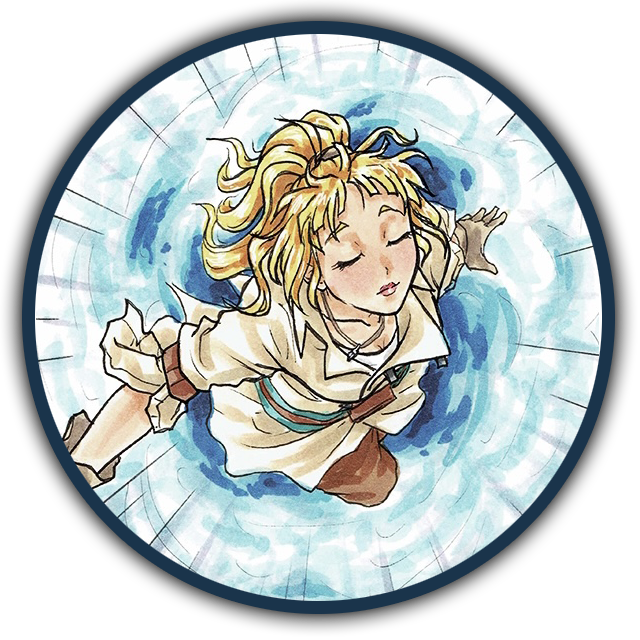
Excerpts from ‘Spirit Traveler: Unlocking Ancient Mysteries and Secrets of Eight of the World’s Great Historic Sites
Recording history in Europe began in earnest during the early centuries of the Christian era. The need to preserve the teachings and life of Jesus Christ, as well as the activities and martyrdoms of his followers, spurred the early Christians to document these events. This practice gradually evolved as the Church became a more established institution.
By the 4th century, with Christianity becoming the dominant religion of the Roman Empire under Emperor Constantine, Church historians like Eusebius of Caesarea began to write more formally organized histories. Eusebius, often called the “Father of Church History,” wrote “Ecclesiastical History,” a cornerstone work that detailed the history of the early Church up to his time.
Throughout the Middle Ages, monasteries became the primary centers of learning and literacy in Europe, where monks meticulously copied and preserved both religious and secular texts. They played a crucial role in not just recording church histories but also chronicling broader historical events, blending religious perspectives with the recording of general history. One such story is that of St. Winefride.
St. Winefride was a noblewoman born around AD 600 in the Welsh town of Holywell in the county of Flintshire in Britain. Historically manuscripts, legends, and folklore may vary regarding the exact details, but the one constant theme is that of a pure, gifted, and beautiful young woman utterly devoted to living a life dedicated to the divine. She was determined to remain unmarried, and under the guidance of her uncle St. Beuno, a renowned priest and missionary, she was preparing to enter the Church as a nun even as a teenager. Her beauty and goodness were widely recognized in Flintshire and in counties beyond. Prince Caradoc, a nobleman who reportedly lived in a nearby town, traveled to Holywell to meet Winefride to ask her for her hand in marriage. Legend has it that when he arrives at Winefride’s home, he finds her alone. He is immediately struck by her grace and charm and becomes ardent in his desire to have her be his wife. He makes advances, pleads with her, and even threatens her. Winefride refuses him. She is terrified by his intensity and by the threat to her deeply held wish to live a life of devotion. As soon as she is able, she finds a moment to rush away towards the church of her uncle, St. Beuno, who is holding a mass. She runs as fast as she can, but unfortunately, Prince Caradoc catches up with her on a slope leading down to the church. Filled with rage, Prince Caradoc raises his sword in anger, and Winefride is decapitated. Her head is said to have rolled and rolled down the slope until it came to a stop near the church. According to legend, a spring of natural drinking water immediately emerged in the spot where her head came to rest.
Upon hearing the news of the death of his beloved niece, St. Beuno rushes to the spring and gathers up her head, taking it to her body. Once able to unite them, he performs the Holy Sacrifice, considered by Christians to be the most powerful spiritual aid given to man, and Winefride is miraculously resurrected. The only evidence of her decapitation that remains is a faint white circle around her neck. Winefride is restored to full and vibrant health. God, on the other hand, strikes down Caradoc, and the earth is said to have opened and swallowed him.
Following these miraculous events, Winefride fulfills her desire to live a virtuous life of devotion. She becomes an abbess at a convent built on land owned by her father. The people believe her to be a mystic. Later, she seeks refuge in Gwytherin, with St. Elwy, where she is said to have lived the life of a saint on Earth until her second death, 22 years later. She was a real person whose legend became famous. This extraordinary Welsh woman was venerated as a saint from the moment of her death.

My ability to time travel or ‘Spirit Travel’ has given me the opportunity to examine what really happened in history. I spirit traveled back to the fifth century to St. Winefride’s well. I saw an extremely beautiful and serene Welsh woman standing in front of me! I noticed the stone buildings that surrounded the well had been built. St. Winefride greeted me, indicating she was happy to see me at the well and acknowledged that she knew of me. She began to speak in a quiet, unassuming voice. “The earth has certain places that are designated for healing, and these waters are to be used for that purpose. Do not forget the earth. She has given so much, and it is our duty to care for her. The well and all that she provides to us is a blessing upon our souls.” Hesitantly, I asked her what we all long to know: the truth of the legendary story of St. Winefride. She smiled and told me a story I will never forget.
“In my 15th year, I met a young man in the village not far from this site, here in Holywell. We fell immediately in love. We were everything to each other and looked forward to the day we could be together as husband and wife. Unfortunately, I was raised in a pious family, and my parents forbade any contact with Pagans. We were forced always to meet in secret. Unbeknown to me, my God-fearing parents had promised my uncle, the high-ranking priest, that I would be a devotee. My life was to belong to the Church, and I was forbidden to marry. One day, my love and I were found out, and my father was furious and would not speak to me. He held a private meeting with my uncle, the priest. My uncle promised my father to prevent the marriage and make an example of us. Pagans and Christians were never to be together, nor was I ever to be allowed to marry. I was to become a nun, and my parents would turn away every suitor. Heartbroken that my father had discovered my love for the pagan boy and would not approve our being together, I ran away to this very site. My uncle, in the meantime, hired Prince Caradoc to chase down my love. He hunted through every village until he came upon him and, with a swing of his sword, beheaded him, murdering him right on the spot. Caradoc returned to the village with my lover’s head and the priest had it put on a spike. The priest made the announcement in the village to let it be known that Pagans and good Christians were not allowed to marry. The Pagan boy’s mother came to me, distraught and wretched from the news of her son’s death. She kneeled beside me and shared the horrific news. When I heard what had happened, I began to cry, my tears spilling out into the spring. At that moment, water began to bubble up, expanding the spring into a large well. I beat the ground with my fists and cried out against God, begging him to explain such an atrocity. What was my life to be? What was my purpose now? It was in that moment of spiritual crisis that my heart connected with the source of this healing water and was flooded with compassion and love. It took all my strength and effort to get up off the ground and face my future. My life was often solitary because of the sorrow that I carried inside, but I embraced God’s need for me to be in service. I missed my opportunity for love; however, I chose to be in service for a greater purpose.”
The well, created by the spring became a site of healing and pilgrimage. Consequently, for almost 1,400 years, people have traveled to Winefride’s Well and bathed in the waters and prayed for miracles. Surviving records claim cures dating back to the 12th century. Pilgrims have arrived in the thousands to bathe in the waters of the well—so many, in fact, that a railway line that terminated in Holywell was added in the late 1800s. Families carried loved ones on their backs through the water, and hundreds of crutches were left behind by those cured by the waters of the well. The well is perhaps the oldest site of pilgrimage in all the British Isles.
Sonja Grace

